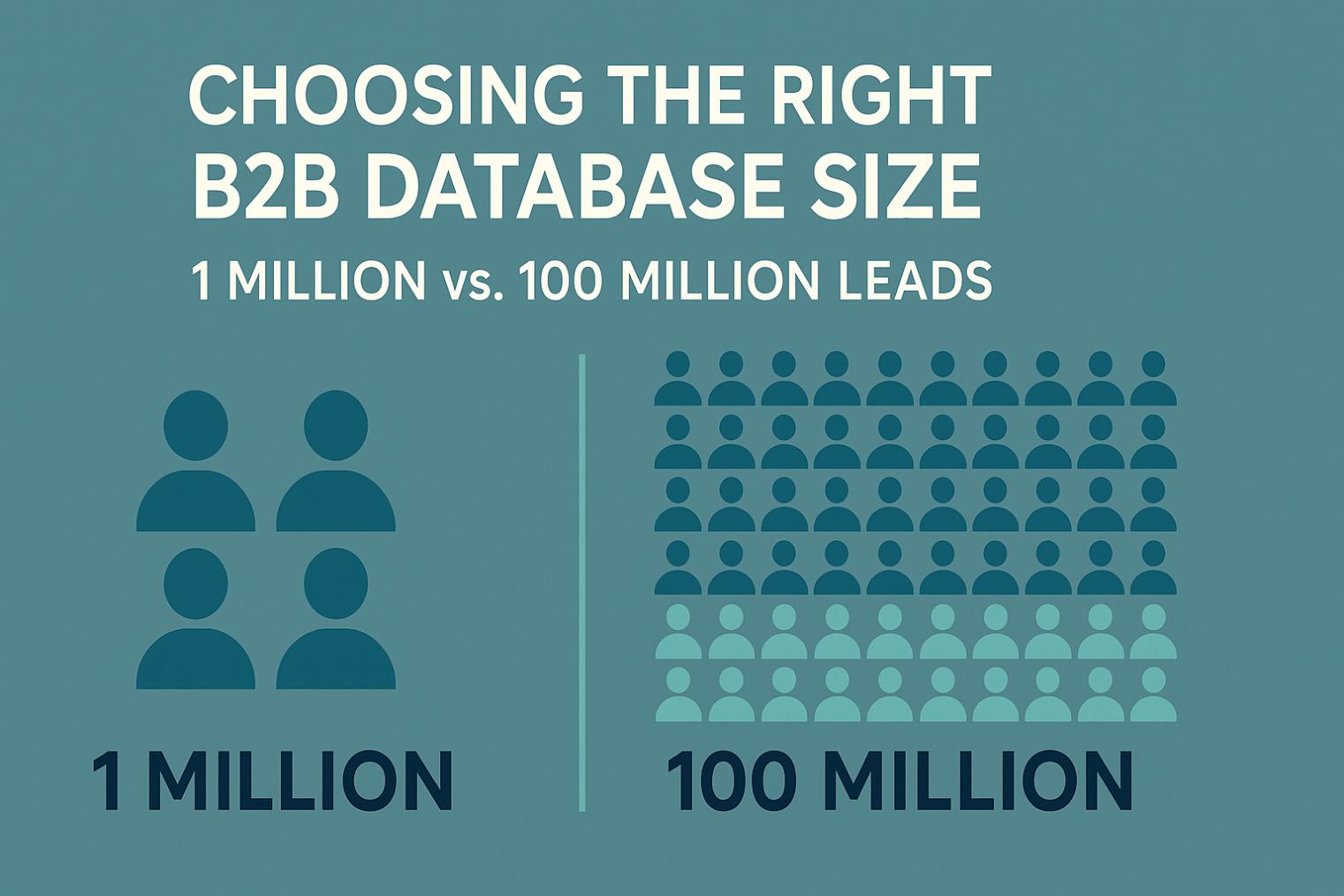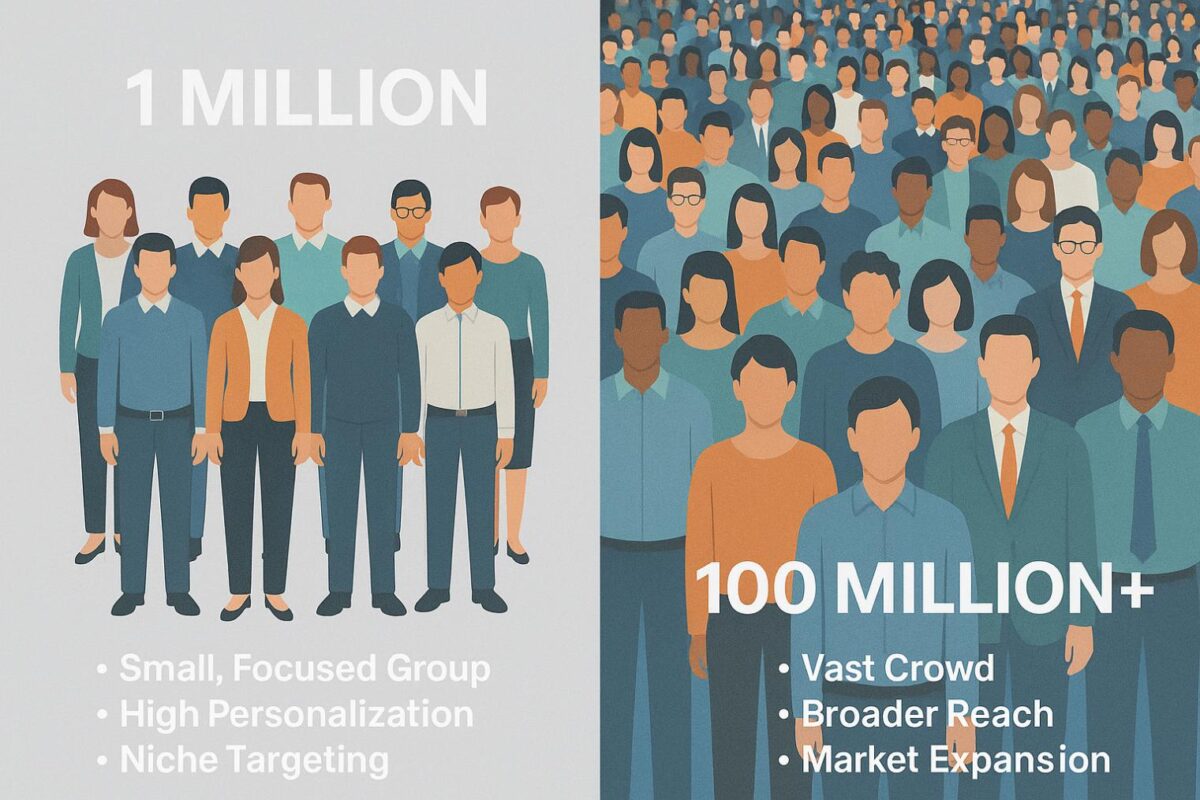Choosing the Right B2B Database Size: 1 Million vs. 100 Million Leads

When it comes to acquiring a B2B lead database, one of the most significant decisions you’ll face is determining the right size. Should you opt for a focused list of 1 million leads or go for a massive database containing 100 million or more? The answer isn’t simply “bigger is better.” The ideal database size depends heavily on your specific business goals, target market, resources, and sales strategy.
A database of around 1 million leads is often suitable for businesses with a clearly defined niche or a regional focus. This size allows for a more manageable dataset, making it easier to maintain data quality, perform in-depth segmentation, and execute highly personalized outreach campaigns. If your sales team is smaller or your product/service caters to a very specific type of company or role, a smaller, more targeted database can be significantly more effective and less overwhelming. It allows for a higher level of focus and potentially a better return on investment per lead.
On the other hand, a 100 million+ lead database even a 500 lead databse is typically geared towards businesses with a broad target market, ambitious growth targets, or those employing mass-marketing strategies. This size provides extensive coverage, allowing you to explore multiple market segments, test different targeting approaches, and scale your outreach significantly. It’s particularly useful for companies looking for sheer volume or those operating in vast, diverse industries. However, managing a database of this magnitude requires robust data management systems, sophisticated segmentation tools, and a larger sales and marketing infrastructure to handle the volume. Data decay can also be a more significant challenge with larger datasets.

Key factors to consider when choosing the size include:
- Target Market Specificity: How niche or broad is your ideal customer profile?
- Sales Team Capacity: How many leads can your sales team realistically handle and follow up with effectively?
- Marketing Automation Capabilities: Do you have the tools to segment and engage a large volume of leads?
- Budget: Larger databases typically come with a higher cost.
- Data Maintenance Resources: Do you have the resources to keep a large database clean and up-to-date?
Ultimately, the “right” size is the one that aligns with your strategic objectives and operational capacity. It’s often better to start with a smaller, high-quality, and highly relevant database that you can effectively utilize than to acquire a massive list that overwhelms your resources and leads to poor data management.

